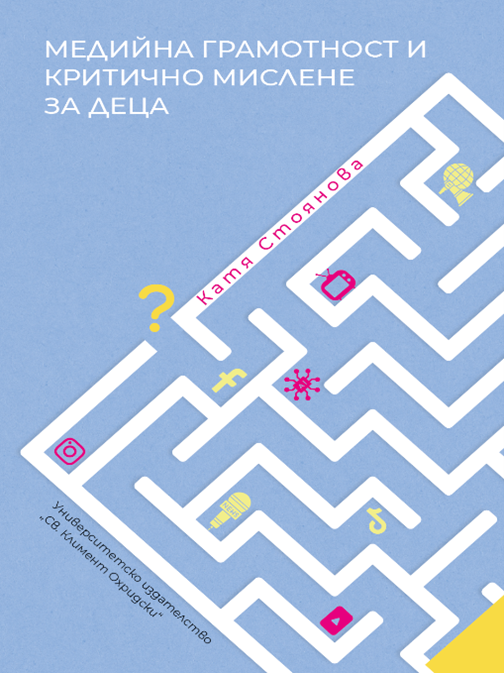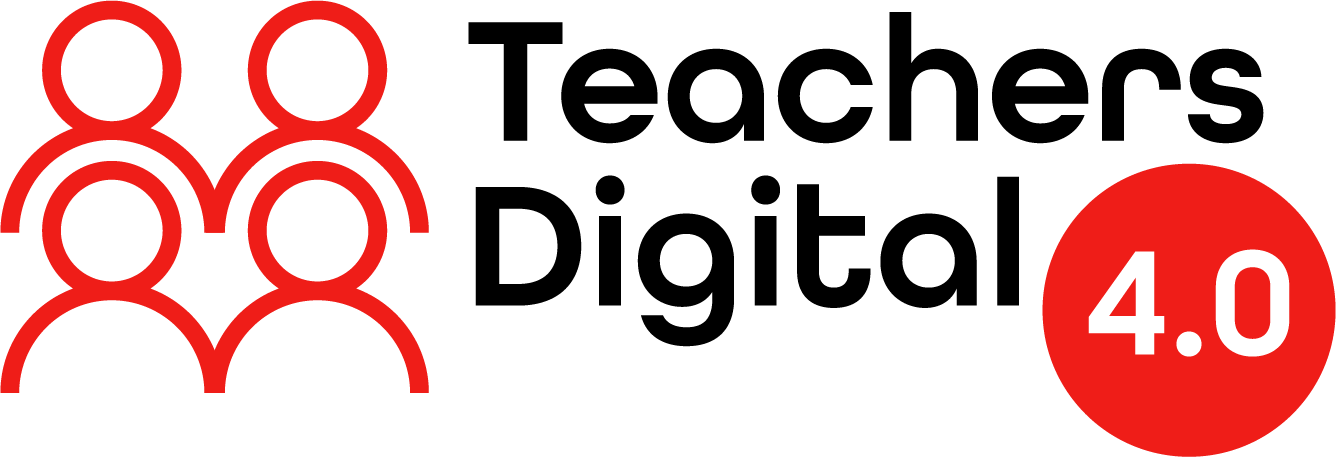
Presented in the book Media Literacy and Critical Thinking for Children by Katya Stoyanova
In a world where media influence begins in early childhood, critical media literacy is no longer optional but essential. Katya Stoyanova’s newly published book, Media Literacy and Critical Thinking for Children, introduces a comprehensive, age-appropriate model for fostering critical media literacy among young learners, particularly those aged 5 to 7. The book contributes to media pedagogy in Bulgaria and addresses a pressing educational need in the digital age.
Media Literacy and Critical Thinking for Children presents an interdisciplinary approach to early childhood media education. In today’s environment – saturated with digital technologies and constant information flows, where children engage with media from a very young age – there is an urgent need for strategies that build protection, critical awareness, and thoughtful engagement with media content.
Stoyanova outlines a model designed to cultivate essential skills for interpreting media messages and promoting ethical media behavior in children aged 5 to 7. Drawing on contemporary theoretical frameworks, she proposes pedagogical approaches applicable in real-world educational settings. The ultimate goal is to raise conscious and responsible participants in the media landscape, rather than passive and uncritical consumers.
The book is structured into four interconnected chapters that together provide a holistic understanding of critical media literacy. It begins with a theoretical foundation, defining key concepts such as media literacy and critical thinking, and highlighting their intersection. Stoyanova argues convincingly for the need to cultivate these skills from an early age, particularly given children’s growing exposure to digital content.
Special emphasis is placed on the cognitive and developmental characteristics of children aged five to seven – a crucial stage when curiosity, questioning, and pattern recognition naturally emerge. Stoyanova shows how these abilities can be effectively nurtured through guided educational practices that encourage deeper thinking, interpretation, and reflection.
The final two chapters stress the pivotal role of parents’ and teachers’ media literacy. Their influence extends beyond explicit rules or expressed attitudes to the implicit role they play as models for imitation. Since young children learn not only through direct instruction but also by observing and interacting with adults, the media habits and competencies demonstrated by parents and educators significantly shape children’s own engagement with media. For this reason, strengthening adult media literacy is presented as a necessary condition for raising informed, reflective, and responsible media users.
A practical model for early childhood education is also described and empirically tested in real kindergarten settings. This model includes diagnostic and training tools to assess and develop media literacy in preschool-aged children. Among its innovations is a diagnostic-training battery that enhances children’s skills through developmentally appropriate activities. The book offers lesson ideas, educator guidelines, and implementation strategies, making it both a theoretical contribution and a hands-on resource for teachers, early childhood educators, and curriculum developers.
One of the book’s strongest arguments is that media literacy – especially when grounded in critical thinking – is not a luxury, but a democratic necessity. Children who can evaluate information, question media intentions, and recognize bias are better prepared to engage with the world as informed and responsible citizens. That’s why Critical media literacy is a tool of empowerment
Rather than encouraging passive content consumption, the book calls for active, reflective, and inquiry-based learning. It advocates integrating media education across the curriculum and supports the growing international consensus that media literacy is now as fundamental as reading and writing. As digital technologies continue to redefine childhood, this book provides not only insight but also practical tools to help educators guide children through today’s complex media landscape. By fostering critical awareness and thoughtful engagement, it lays the foundation for a generation that is digitally fluent, critically conscious, and socially responsible.






